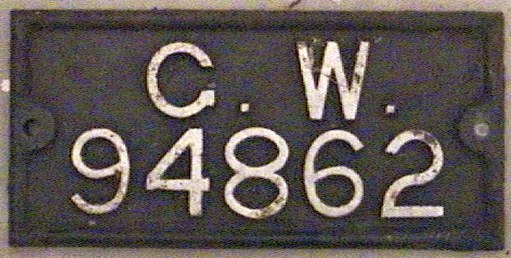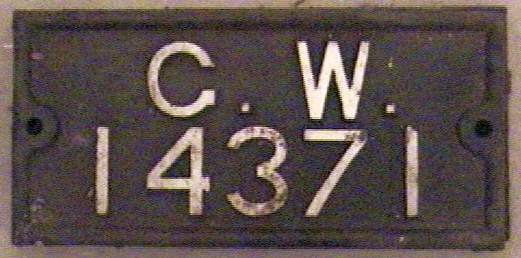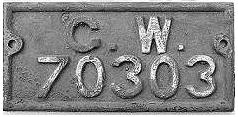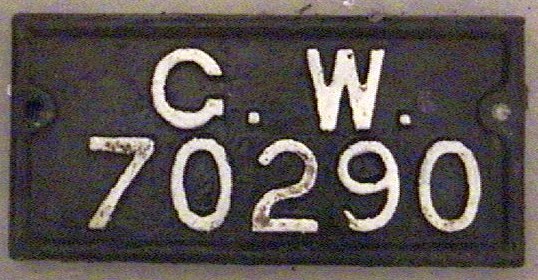GWR wagon plates
From c 1894, some wagons carried cast plates on the wagon body. There were two plates, one for the number, placed on the lowest plank on the left-hand of the bodyside and on the middle panel of the ends of the body, and the other for 'G.W.R' placed on the lowest plank of right-hand of the bodyside. Some cattle wagons also had cast number plates high up on the ends of the body.
Photos suggest the plates were applied only to new builds, and not retrofitted to older wagons.
Contemporary photos indicate wagons with cast plates were greatly outnumbered by wagons with painted numbers.
These body plates were no longer applied after c 1904, the insignia being painted on thereafter. (A small number of wagons seem to have carried a transition livery after 1904 which had the cast number plate and the large G W letters, but not the cast G.W.R. There are examples of an Iron Mink and (oddly) a 7-plank 02 in this livery.)
It is thought the plates were removed from general purpose stock before the beginning of WWI, with insignia and numbers being painted on in the normal style. The latest known date of a wagon with cast number plates is 1913. |
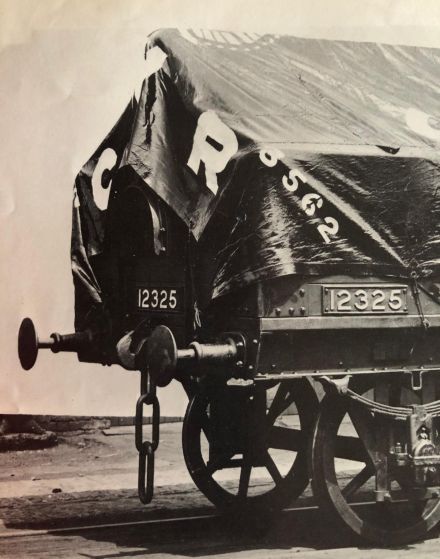
Cast number plates on the sides and ends of a sheeted diagram O4 |
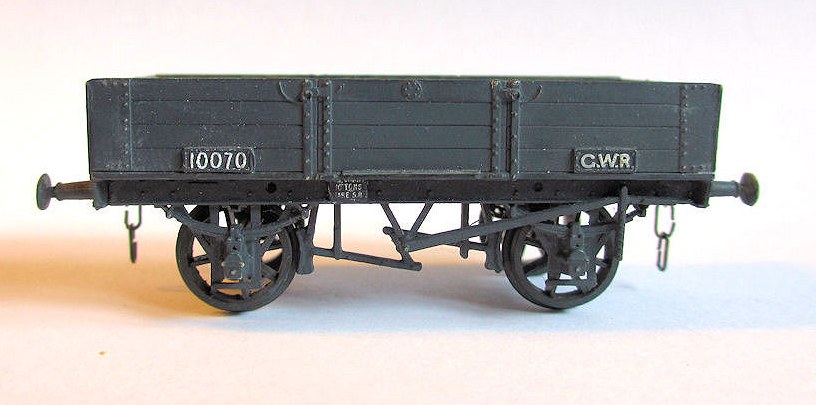
4-planker built from a Cooper-Craft kit by Mikkel Kjartan
On some early brake vans, the depot branding was displayed on a cast plate.
Adjacent is an AA1 brake van with a 'SWINDON' cast plate soon after 1904 following a repaint with large 25" lettering, and a Worcester van, with post-1920 16" lettering, still carrying its cast depot plate in April 1923. |
|
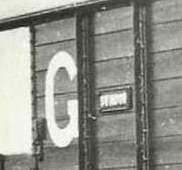 |
|
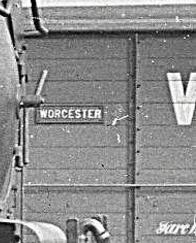 |
Rectangular "Return To G.W.R. Not Common User" plates, with white lettering a black ground, appeared on many GWR wagons after the grouping. On some wagons, this lettering was painted on, but a thin plate was the most common form of the notification. On some wagons, the 'non common user' indication was a smaller lozenge-shaped plate.
Plates on solebars
Wagons also carried rectangular cast number and ownership plates on the solebars, one on each side, and usually at the left-hand end. The rectangular plates were 12.5" x 6" in size. Here is an official drawing, courtesy of Graham Beare and Chris Brown:
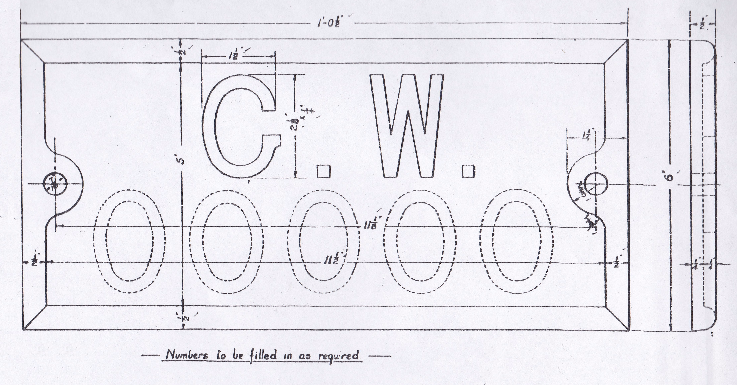
For wagons built before the grouping, the fixing bolt holes were on the centreline of the plate:
but for wagons built after the grouping, the fixing centres were raised:
For wagons manufactured with RCH fittings after 1922, the solebar numberplate became the standard RCH 'D' shape. Wagons from the Hire fleet were suffixed with 'H'. BR recast many plates with just 'W' as the prefix.
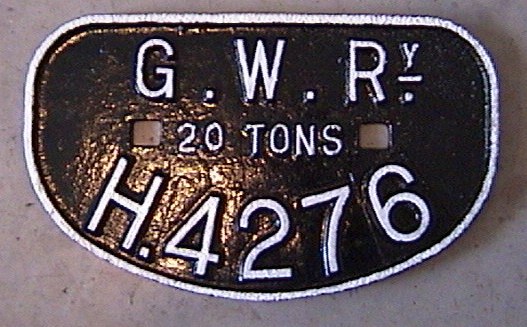
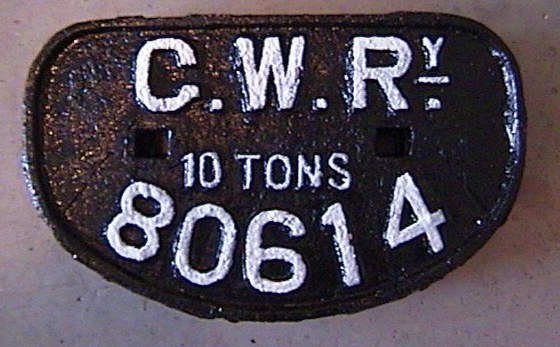
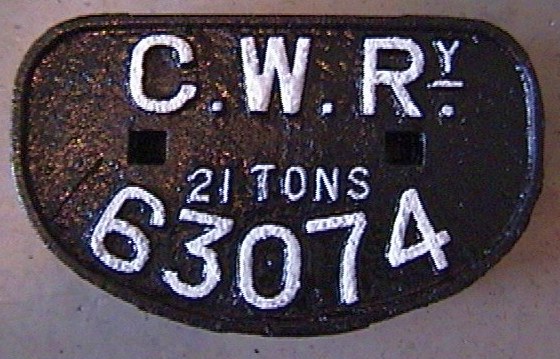
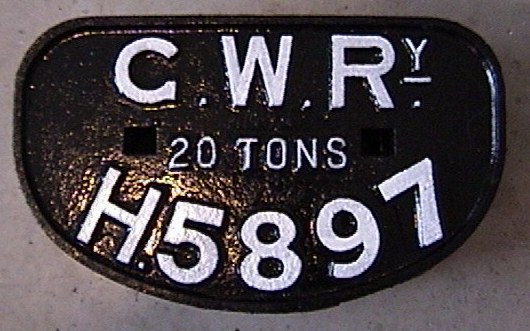
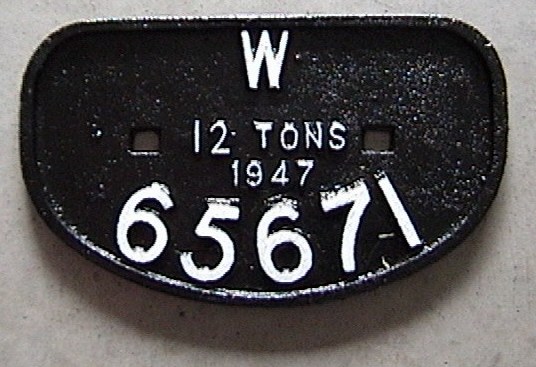
The large wagon plate images above are thanks to Malcolm Peakman.
|





